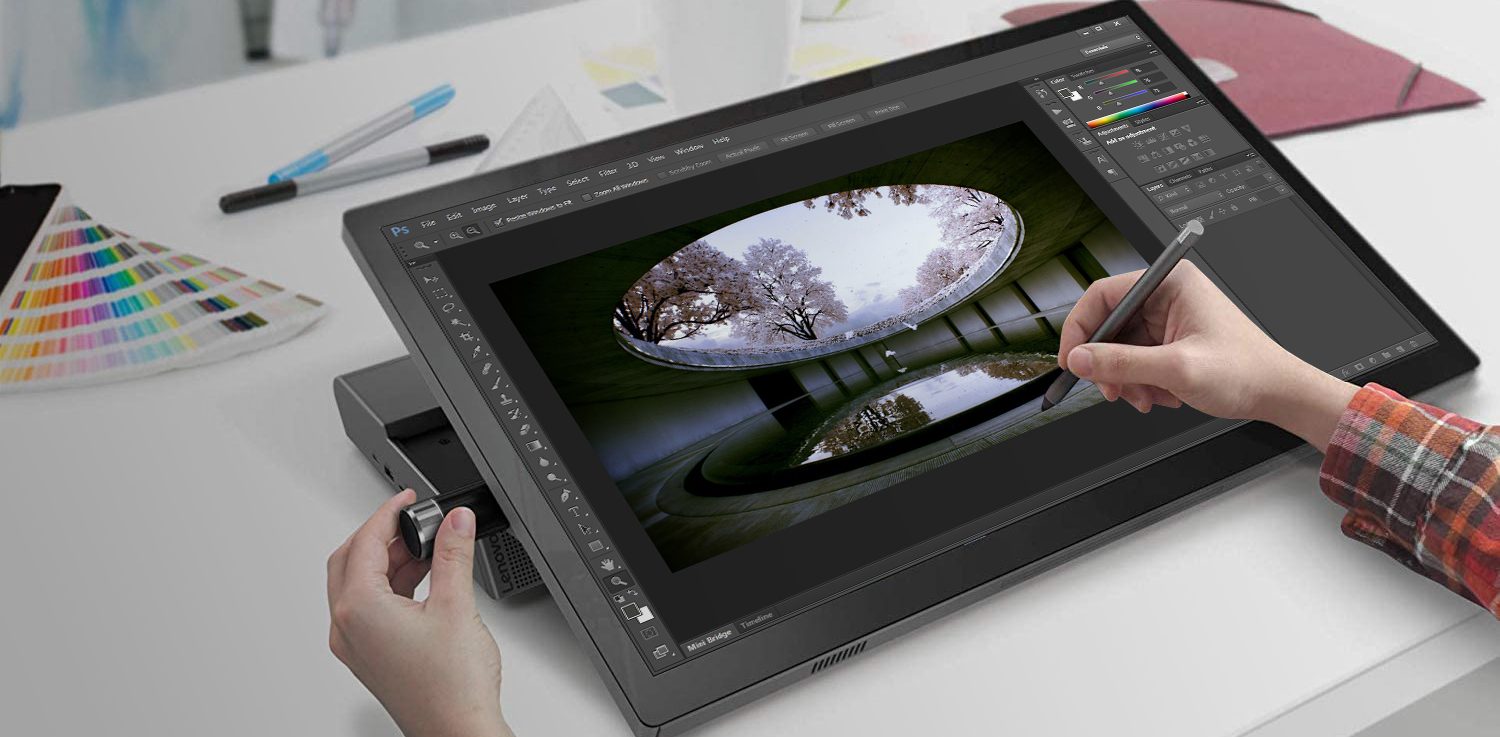Lior Schnabel is a Co-Managing Partner at Precise, a company that provides financial management and control services for architectural and engineering firms across the USA and Europe.
One of the characteristics of a competitive market is prices being driven down to zero profit levels. The Architectural/Engineering (A/E) industry is highly competitive. Without real distinguished advantages and professional financial processes in place, many architecture and engineering firms find themselves lacking proper profit margins.
The Value of Excellent Design Is Worth Several Times Its Cost
Warren Buffett once wrote, “Price is what you pay, and value is what you get.” This saying holds true for the design industry. The financial value of great planning and design is worth several times its cost.
Architecture/Engineering fees represent a small percentage of construction costs and an even smaller percentage of the lifecycle cost of the project. Market research has shown that an early investment in design and planning generates great value. So, start by asking yourself the question, “What value am I bringing to this project?” and then hammer the answers home to your client.
Good design and planning reduces construction costs, enhances a building’s beauty and functionality, and increases the financial value of the entire project. An Architecture/Engineering firm must differentiate itself from its competitors. Differentiators can be, design, problem solving, space utilization, etc. (For a full list, see my previous article.)
3 Steps To Improve Your Architecture/Engineering Proposal
Having said all the above, I must say it is still a competitive industry and pricing is always a challenge. Therefore, here are a few important guidelines when preparing a proposal:
1. Learn Your Project Carefully — Before You Price It
Poor understanding of the project leads to wrong pricing and to disastrous results on profitability. Whether due to lack of attention, time, or resources, it happens too frequently and must be addressed. Major losses can be avoided only if an Architecture/Engineering firm fully understands the complexity and scope of the project.
In my career, I’ve seen people spend no more than 10 minutes on a proposal that will affect their profitability for the next 5 years. Before you submit a quote, make sure you learn everything about the client, approval process, project management, zoning, and anything else that could affect the resourcing of the project.
If you don’t know, ask! Reach out to your client with all the relevant questions. If they don’t know, address any open issues in the proposal to protect yourself from uncertainty.
2. Pricing
Pricing design fee is a difficult thing to do since no one project is like another. Here are a few points you should address:
I. Industry Pricing
It’s hard for an individual A/E firm to accurately gauge industry pricing, but try to get as much information as you can in order to ballpark the numbers. Never rely on what your clients tell you they’re paying because their answers are unreliable. Obviously, there are different types of pricing ($ per square foot / £ per square meter, percentage of construction, etc.) for different types of projects. Make sure you’re familiar with the specific “language” used in the type of project that you’re pricing; it’s a sign of unprofessionalism if you don’t — and it may cost you the project.
II. Your Position in the Industry
“Industry pricing” covers an enormous range. Any comparisons must be to a similarly positioned competitor (apples to apples). You should take into consideration all that I’ve mentioned above, in terms of comparing your firm only to others at the same level, and then compete based on the added value you bring to the project.
III. Project Complexity
Project complexity is based on many different parameters. It could be the type of client, approval process, design and layout challenges, as well as the existing conditions and preservation considerations. You must be well versed in all challenges and always take them into account.
IV. Resourcing
It is almost impossible to estimate exactly how many hours you’ll wind up working on a project, but when preparing a proposal, you must try to do just that. Start by studying similar projects you’ve done in the past in terms of size, length, complexity, etc., and then compare it to “the industry pricing.” Does it make sense? Always try to evaluate your pricing in at least two different ways. As a rule, at the end of a project, compare your estimate to the actual hours spent. A big part of financial management is learning from your mistakes, and improving the estimate process, all the time.
V. Financial Status
A firm’s financial status is a point often neglected. What does your backlog look like? Projections? Do I need to hire additional resources to complete this project? The pricing process should always take into account the firm’s financial status. By the way, the fact that a firm is busy, doesn’t necessarily justify raising prices. Always look at future projections, and not on the current workload. I’ll address this point in greater detail in my next article.
VI. Other Pricing Factors
Business development factors — such as penetrating to new markets/sectors, taking on new clients, or winning a reference project for your portfolio — should also be taken into consideration. Just a word of caution, some of our clients (Architects) tend to tell us that every second project falls under this category.
3. Talk the Talk
The words used in a proposal are as important as the fees. What do you include, and what do you exclude? Which project characteristics do the fees refers to?
Make sure to add milestones, phases, design schedules, and payment terms, which are all there to protect you if things don’t go as planned. Changes will occur in the project, and we must include a safety net in the agreement. There are some good points that you can take from the standard contract of the AIA or RIBA, but it is recommended to prepare a professional agreement template that address all the issues discussed above.
An Architecture/Engineering proposal is the first and most important step towards the financial wellbeing of a project. You can’t afford to make mistakes. The proposal may well define your profitability for the next few years. It needs to be professional, organized, and impressive, from both a design and business perspective. Spend the time and effort to do it right, so you won’t be sorry, later.
Architects: Want to have your project featured? Showcase your work through Architizer and sign up for our inspirational newsletters.










